As the 1950s dawned, the recently installed communist government of Romania dictated that its population of peasant farmers be sent to work in factories.
The industrialisation of the country was rapid – and a decade later, the ruling party decided to add vehicle manufacturing to their growing collection of heavy industries.
Recognising that Romanians lacked the required knowledge or experience to design and build a car of their own, the party sent a group of specialists abroad to learn how to make automotive electricals and set about buying a production licence for a modern family saloon from a Western manufacturer.
Between 1965 and 1967, six sent representatives to Bucharest for discussions. Britain’s BMC offered its hugely successful Mini, Italy’s Fiat and Alfa Romeo the retiring 1100 and new Giulia, and France’s Renault and Peugeot the 10 and 204, both new.
Meanwhile, America’s Ford proposed a comprehensive 10-year industry-building project.
Romania’s new general secretary, Nicolae Ceausescu, most fancied Renault, after the firm secretly flew out a pre-launch prototype 12 in a guarded crate for him to personally evaluate.
Enjoy full access to the complete Autocar archive at the magazineshop.com
Alfa was particularly miffed about this, because Ceausescu announced his choice in the same week that his foreign affairs minister was visiting Italy to strike a deal for production of Giulias and Alfa buses.
A new firm, named UAP, would build Renaults in Mioveni, near the city of Pitesti, where a wartime IAR aeroplane factory had transitioned to making truck parts. There was a hitch, though: the tooling for the 12 wasn’t yet ready.
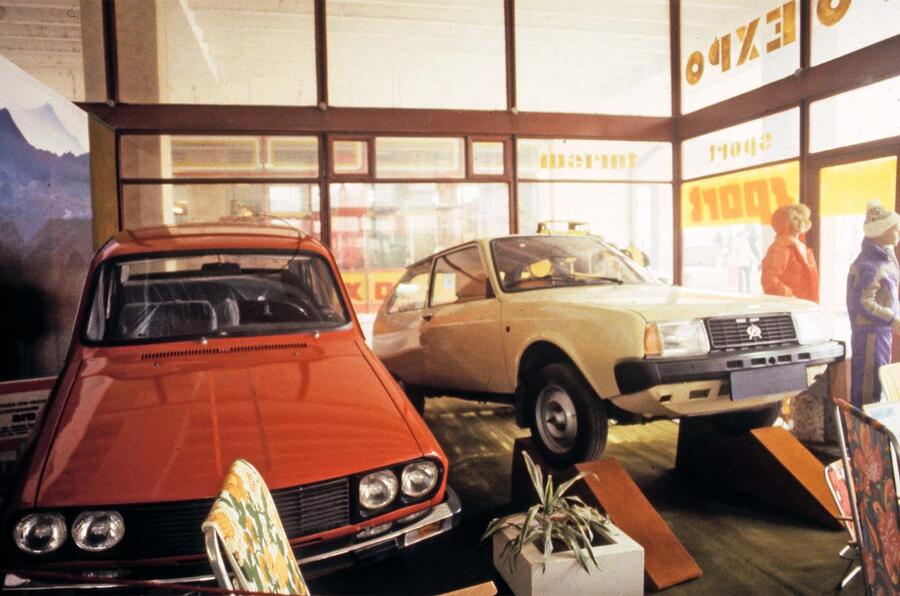
Renault offered the innovative 16 as an alternative, but the party deemed this too pricey. So the factory would have to start off making the older, rear-engined 8.
It was renamed the Dacia 1100 (Dacia was the name of Romania in antiquity), and efforts would be made to localise its supply chain.
The very first 1100 was driven off the line by Ceausescu in August 1968, and a year later it was joined by a rebadged 12, the Dacia 1300 – and Mioveni also started making parts for Renault.
From around 30% initially, local content would rise to 100% through the 1970s. Production totalled about 20,000 cars annually, many of them exported to France.
Such was Dacia’s success that in 1973 the party asked Renault about adding a smaller, more frugal car (the new 5, we would imagine) – but the answer was no. So instead it partnered Citroën, creating the Oltcit brand.
A new factory was built in Craiova, opening in 1981 with production of the new Visa and Club superminis – the latter developed from an old proposal for a 2CV successor and sold abroad as the Axel.
None of this was reported by Autocar when it happened, due to the obfuscation of the Iron Curtain and the lack of relevance to British drivers.
That changed in 1981 with an announcement by Yorkshire company Tudor Vehicle Imports. TVI had begun life two years prior importing 4x4s and commercial vehicles made by Romania’s ARO and TV firms, and now it was adding the Dacia 1300 saloon/estate to its dealerships.
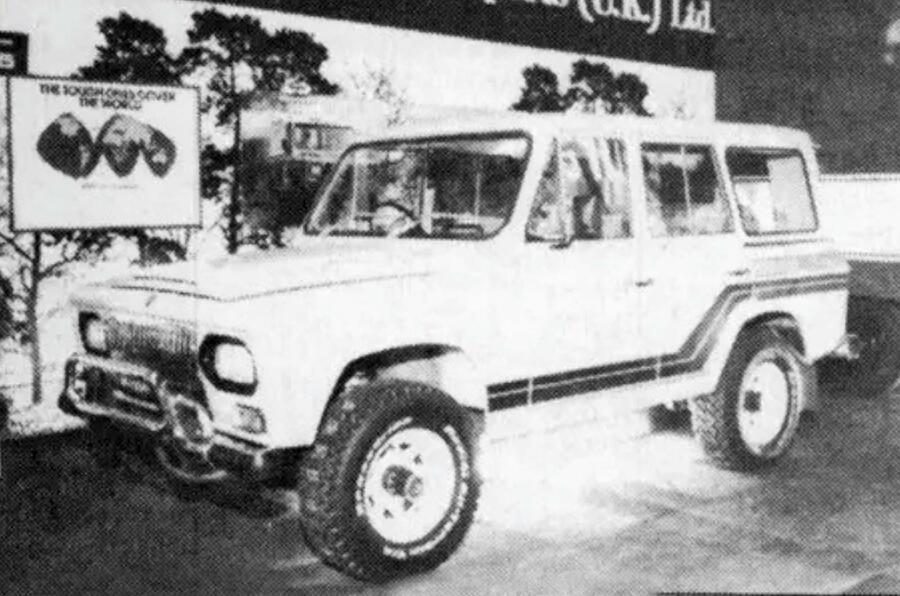
“It is an ideal vehicle for the family man,” said TVI’s marketing director. “It compares favourably in size, power and fuel consumption with the Morris Ital but will be much more competitively priced.”
This was part of a £10 million expansion plan, backed by the Romanian government taking a 75% share in TVI and providing a cash injection. A new factory was to be built in Brighouse to build Dacias from knocked-down kits, creating 400 jobs – and so many applied that the company was “unable to cope”.
So it was disastrous when, merely months later, the party “suddenly seemed to lose their enthusiasm” and backed out of the plan, forcing TVI into receivership. It took legal action, but the result is unclear.
A Hampshire firm soon stepped in to import the 1300, renamed the Denem, to the great annoyance of embittered TVI boss Jack Wade – but the Dacia Car Co also slumped into receivership two years and 200 sales later.
Presumably the Denem wasn’t “very acceptable”, after all. But guess what? Our story doesn’t end there. Yet another firm fancied a crack, this one from Wiltshire.
And so in 1985, Autocar was able to conduct its first-ever Dacia road test (even if this Dacia was actually a rebadged ARO).
It was a rough-and-ready 4x4, and it was called the Duster.

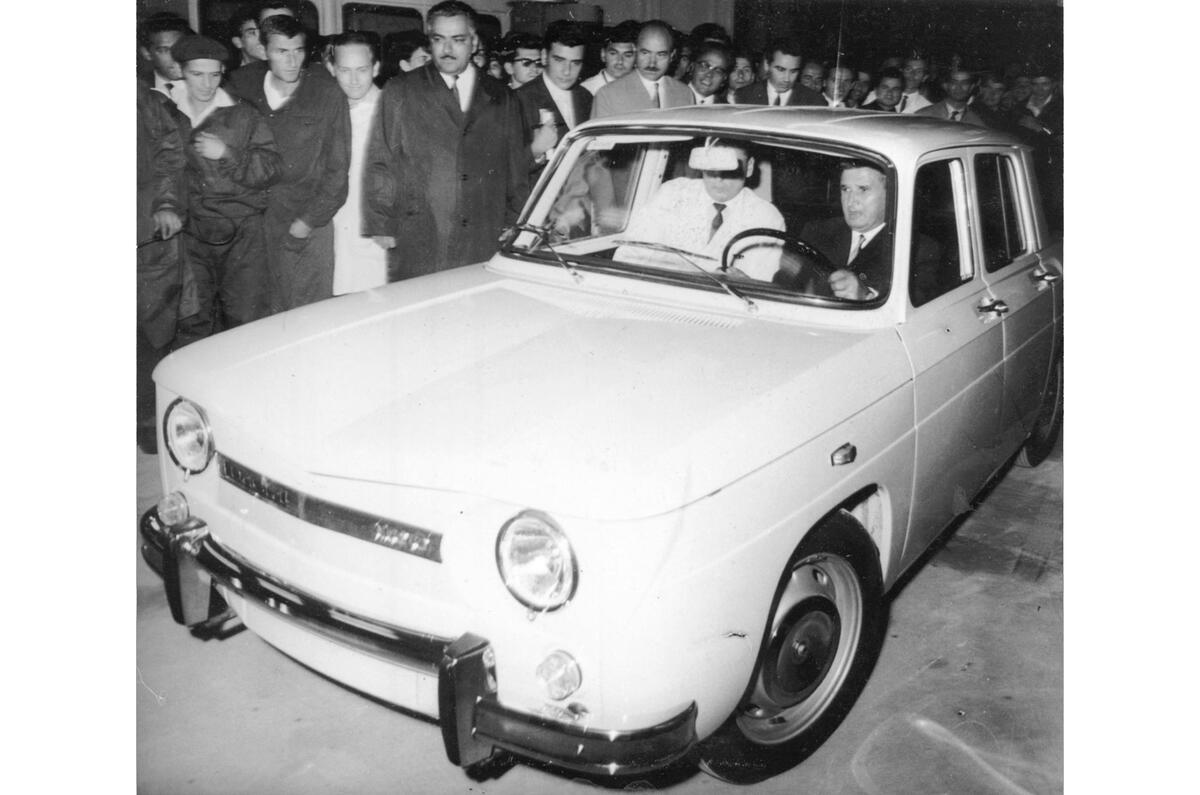
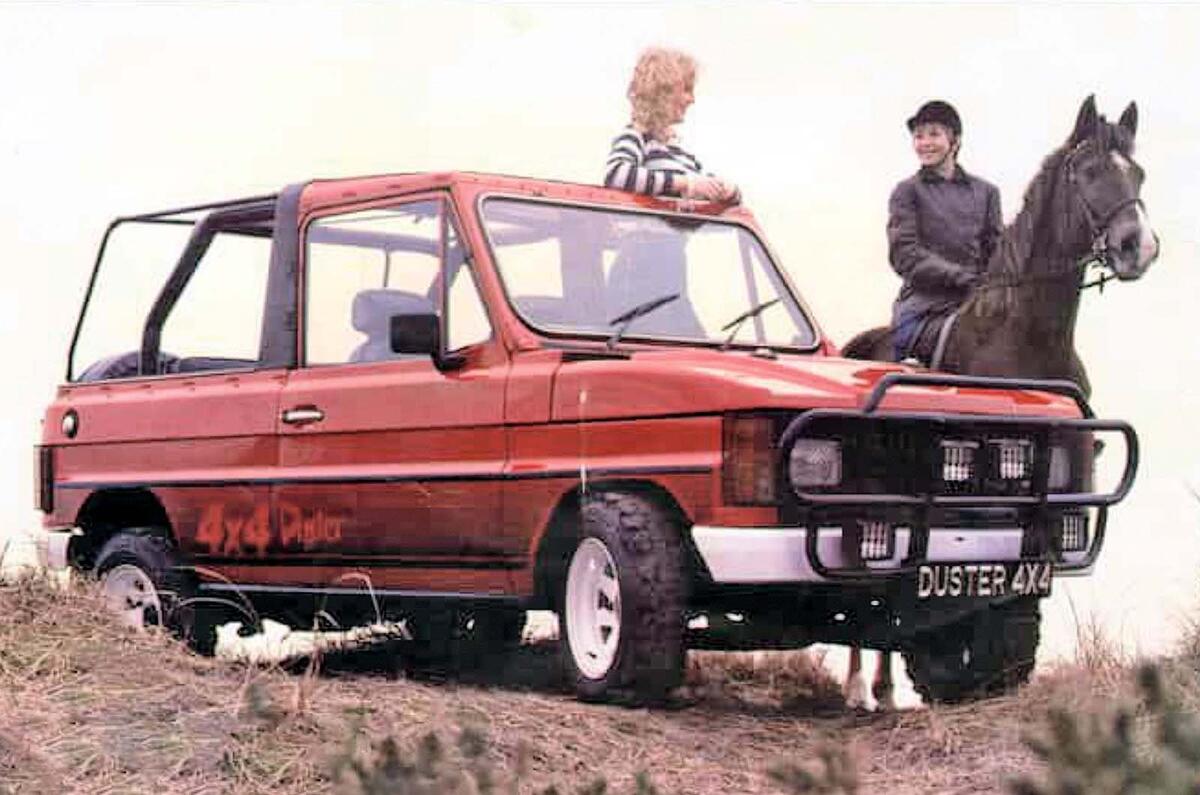
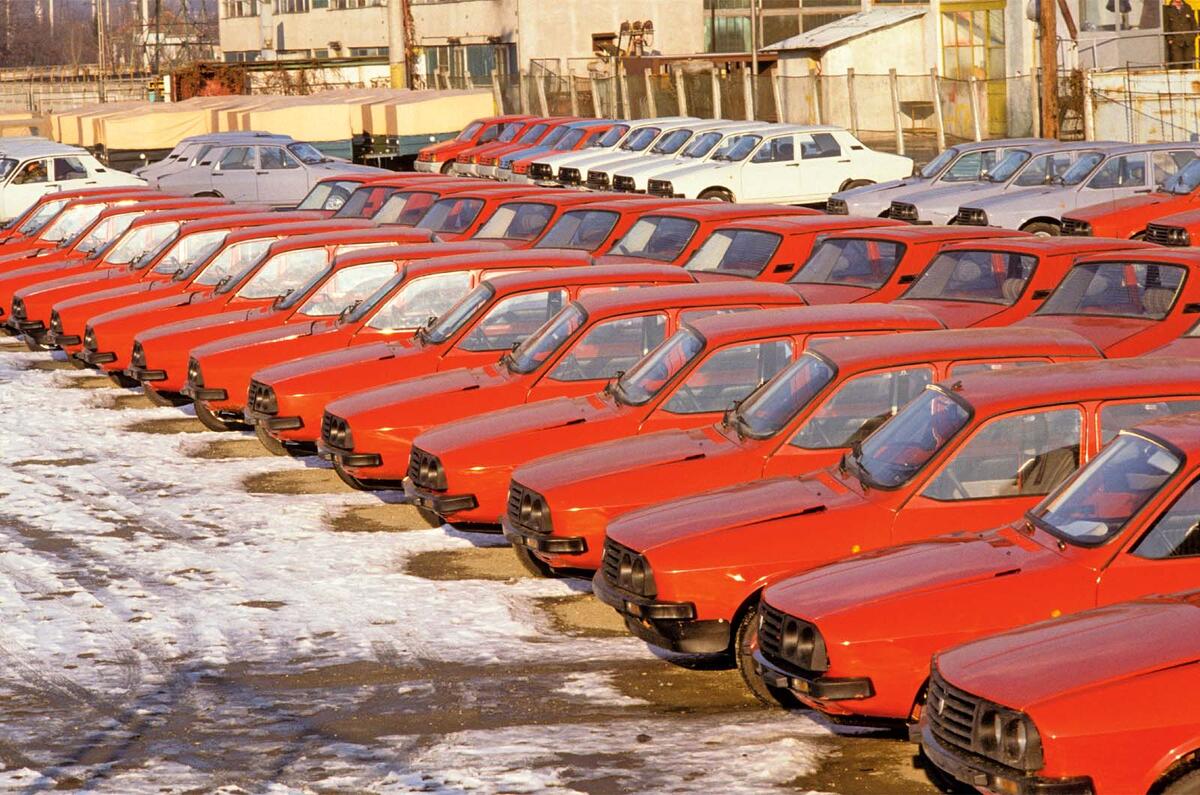
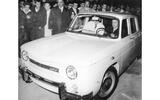
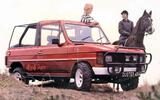
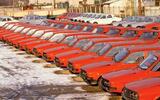


Join the debate
Add your comment
Still, they were hugely important for the country.
Renault bought Dacia and with the right market strategy turned it into a hugely successful brand.
Too bad ARO didn't survive.